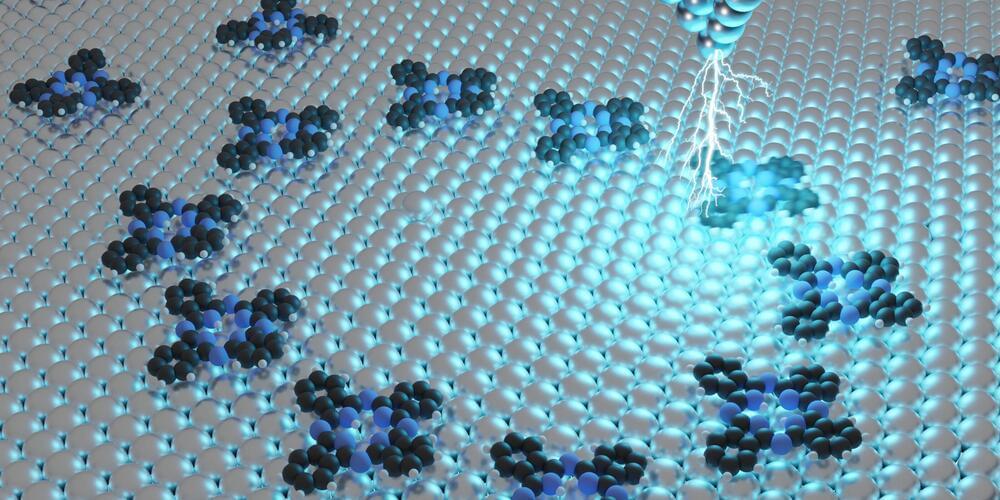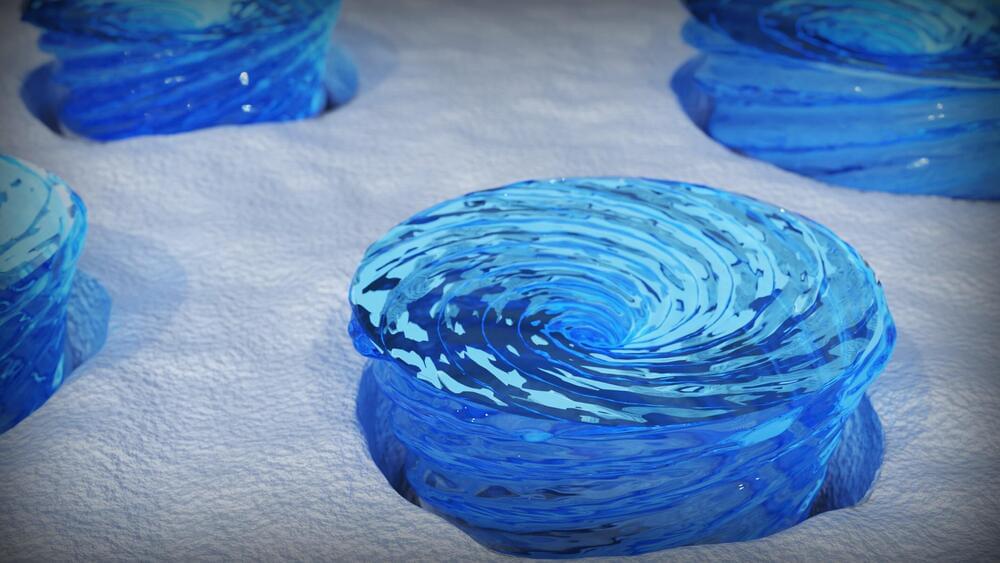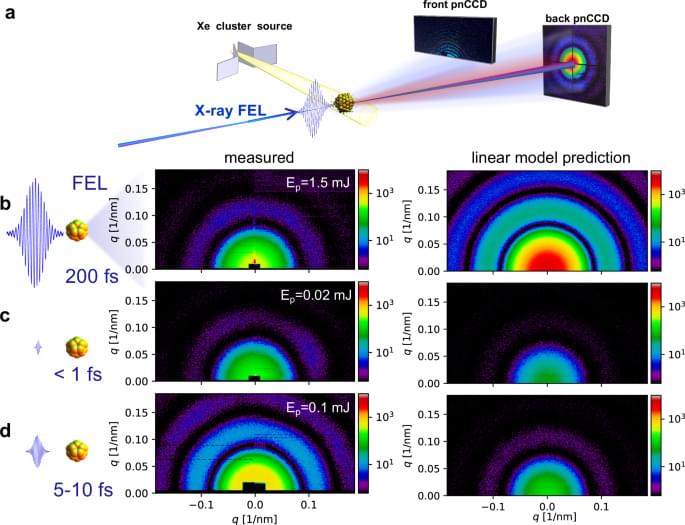The chemical composition of a material alone sometimes reveals little about its properties. The decisive factor is often the arrangement of the molecules in the atomic lattice structure or on the surface of the material. Materials science utilizes this factor to create certain properties by applying individual atoms and molecules to surfaces with the aid of high-performance microscopes. This is still extremely time-consuming and the constructed nanostructures are comparatively simple.
Using artificial intelligence, a research group at TU Graz now wants to take the construction of nanostructures to a new level. Their paper is published in the journal Computer Physics Communications.
“We want to develop a self-learning AI system that positions individual molecules quickly, specifically and in the right orientation, and all this completely autonomously,” says Oliver Hofmann from the Institute of Solid State Physics, who heads the research group. This should make it possible to build highly complex molecular structures, including logic circuits in the nanometer range.








